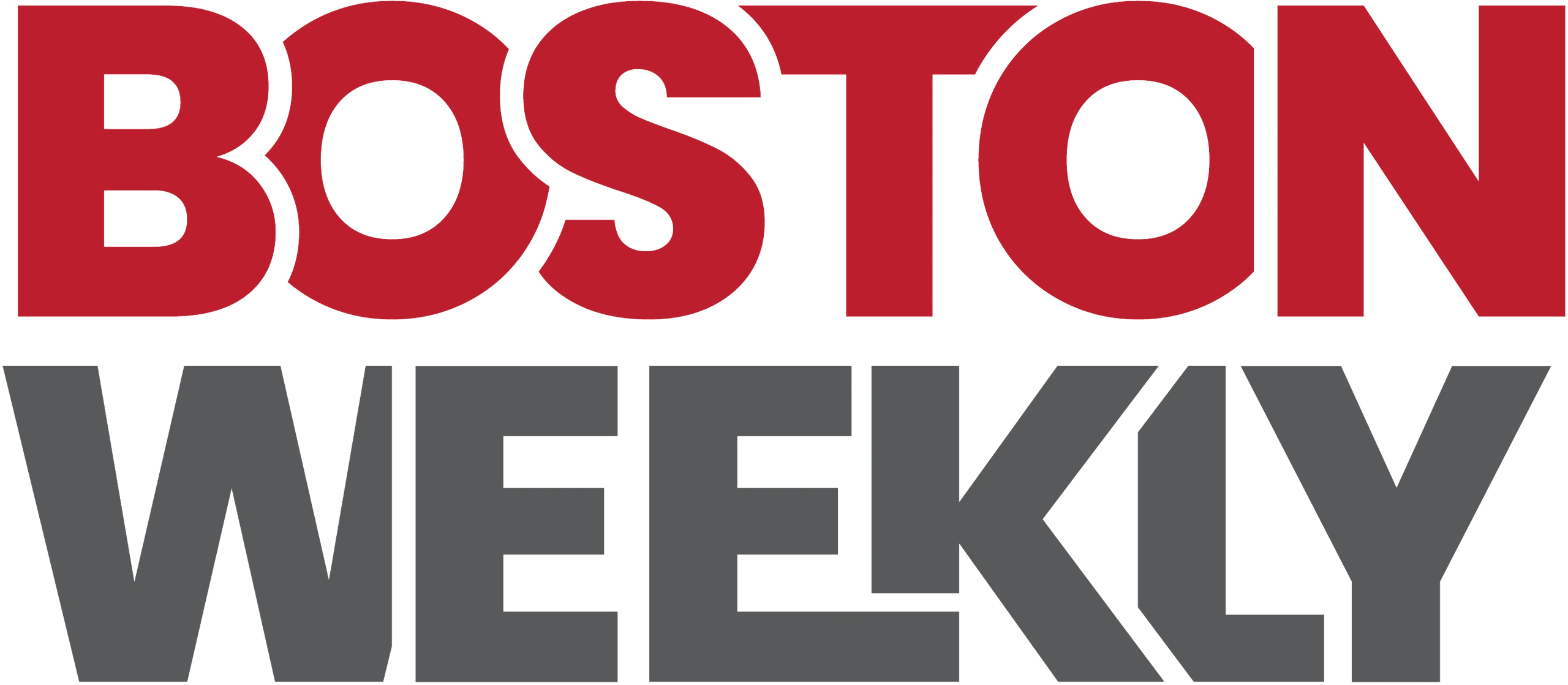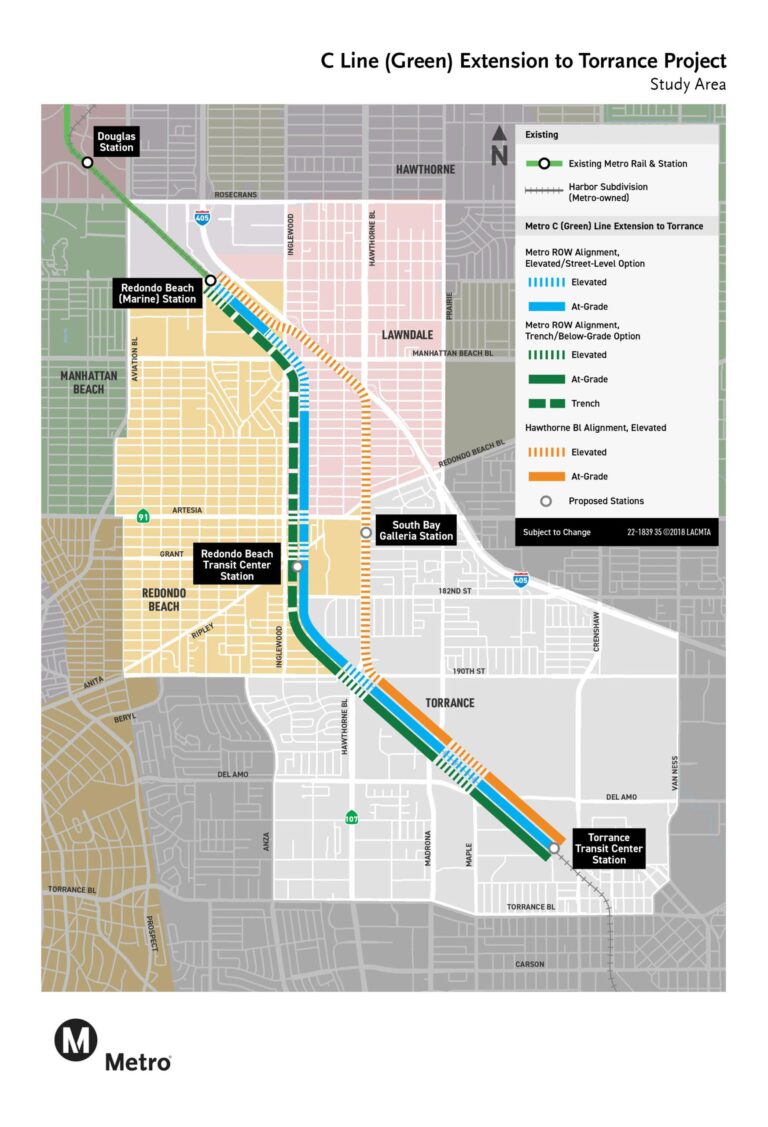The Green Line Extension project, a critical infrastructure effort aimed at expanding transit access and reducing congestion, continues to move forward despite facing important delays and hurdles. While unexpected challenges have slowed the original timeline, key milestones have recently been reached, signaling steady progress. Stakeholders remain cautiously optimistic as construction advances amid budgetary pressures and logistical complexities, underscoring the project’s importance to regional transportation goals.
Table of Contents
- Green Line Extension Faces Setbacks as Timelines Shift
- Community Impact and Environmental Concerns Shape Project Decisions
- Innovative Solutions Drive Efforts to Overcome Construction Challenges
- Experts Call for Increased Transparency and Enhanced Stakeholder Engagement
- To Wrap It Up
Green Line Extension Faces Setbacks as Timelines Shift
The METRO Green Line Extension, designed to connect Minneapolis to surrounding suburbs including St. Louis Park, Hopkins, Minnetonka, and Eden Prairie, has encountered unexpected challenges causing shifts in its previously announced schedule. Despite nearing the completion of construction and entering the testing phase, the project’s operational launch has been deferred to 2027. Factors contributing to the setbacks include complex engineering demands, supply chain disruptions, and the rigorous safety validations required for this extensive 16-station light rail expansion.
Key points impacting the timeline:
- Extended testing periods for the Kenilworth LRT tunnel and Beltline Boulevard Station to ensure safety and reliability
- Adjustments in project milestones due to weather-related delays and logistical constraints
- Ongoing coordination between multiple municipalities to integrate new infrastructure smoothly into the existing transit network
These hurdles, while causing delays, underline the project’s commitment to delivering a robust transit solution for the west metro. Public tours and community engagement efforts remain scheduled, providing transparency and continued stakeholder involvement as the line moves steadily towards completion.
Community Impact and Environmental Concerns Shape Project Decisions
Stakeholder feedback and environmental assessments have become pivotal in steering the Green Line Extension’s trajectory. Residents and local advocacy groups have voiced concerns about potential noise pollution, disruption to green spaces, and traffic congestion during construction. In response, project planners have integrated mitigation strategies such as sound barriers and reforestation efforts designed to preserve neighborhood character and biodiversity. Additionally, environmental watchdogs are closely monitoring compliance with sustainability standards to ensure that ecological footprints are minimized throughout all phases.
Key community-driven adjustments include:
- Implementation of slower construction schedules in sensitive areas to reduce disturbances
- Enhanced stormwater management systems to protect local waterways
- Expanded public forums and clear dialog channels fostering trust and collaboration
Balancing rapid progress with environmental stewardship and community wellbeing remains a complex challenge. However,these efforts signify a commitment to a transit system that not only connects neighborhoods but also respects the ecological and social fabric of the region.
Innovative Solutions Drive Efforts to Overcome Construction Challenges
Facing a web of technical obstacles and funding constraints, the Green Line Extension team has leveraged cutting-edge strategies to keep the project on track. Advanced construction techniques, including modular assembly and real-time digital monitoring, have been implemented to enhance efficiency and safety.These innovations minimize disruptions in densely populated areas while accelerating progress on critical infrastructure. Additionally, collaboration with local transit agencies ensures the integration of new bus routes and pedestrian pathways, improving overall connectivity despite ongoing construction hurdles.
Key approaches fueling resilience in the project include:
- Use of prefabricated components to reduce on-site work and delays
- Deployment of enduring construction materials to meet environmental goals
- Implementation of smart traffic management solutions to ease neighborhood congestion
- Enhanced stakeholder communication channels to swiftly address emerging challenges
By embracing innovative methodologies and prioritizing community engagement, the Green Line Extension project demonstrates a commitment to overcoming setbacks with creativity and strategic planning. These efforts not only promote timely delivery but also set new standards for urban transit development.
Experts Call for Increased Transparency and Enhanced Stakeholder Engagement
Industry experts emphasize that the success of the Green Line Extension hinges not only on addressing construction delays but also on fostering greater transparency throughout the project lifecycle. They argue that open access to detailed progress reports and financial disclosures will rebuild public trust and hold contractors accountable.This call for transparency extends beyond routine updates, urging authorities to:
- Publish comprehensive timelines with clear milestones and risk assessments
- Disclose budget adjustments promptly along with justification
- Facilitate autonomous audits accessible to the public
Stakeholder engagement is another critical area where experts insist improvements are necessary. They warn that without active, meaningful involvement of community members, local businesses, and transit users, the project risks alienating those it aims to serve. Enhanced engagement strategies proposed include:
- Regular town hall meetings featuring project leaders and planners
- Interactive platforms for feedback and suggestions
- Inclusive decision-making forums to incorporate diverse voices early in the planning process
Experts stress that these measures are essential not only to prevent future setbacks but also to ensure that the Green Line Extension delivers equitable, long-term benefits to the region.
To Wrap It Up
Despite the setbacks and ongoing challenges, the Green Line Extension project continues to move forward, signaling a commitment to enhancing regional transit infrastructure. Stakeholders emphasize that while delays have impacted the original timeline, the project’s long-term benefits to connectivity and community development remain on track. As construction advances, all eyes will remain on the progress, with hopes that the extension will soon deliver on its promise to improve transportation options for residents and commuters alike.

